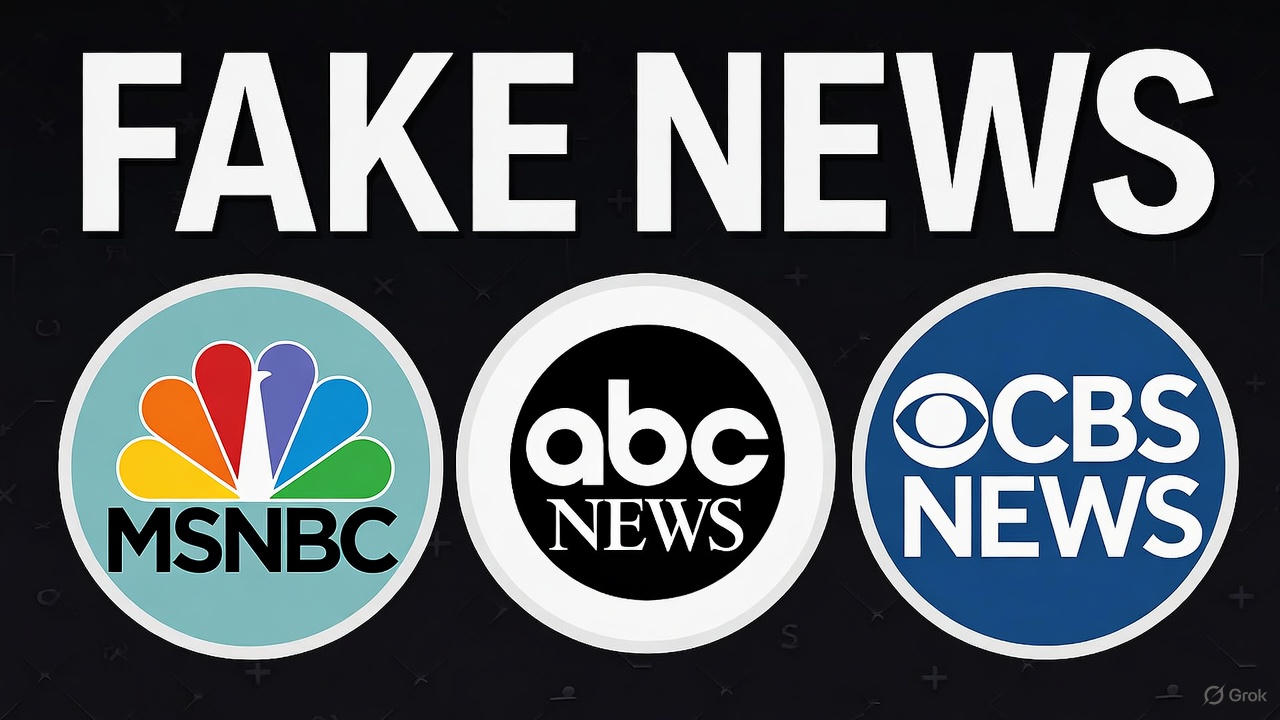Since Donald Trump’s rise to political prominence in 2015, few phrases have become as associated with him as “fake news.” The term, which he popularized during his 2016 presidential campaign, has often been directed at major media outlets such as MSNBC, CNN, The Washington Post, and The New York Times. Trump and his supporters argue that these organizations deliberately distort or omit information to push political agendas, while critics say Trump’s attacks are attempts to delegitimize independent journalism.
The Origins of “Fake News” in Trump’s Politics
The phrase “fake news” initially emerged during the 2016 election to describe false stories circulating on social media. However, Trump quickly adopted the term to label mainstream media outlets that criticized him or challenged his narrative. By early 2017, he was frequently calling outlets like CNN and MSNBC “fake news” during press conferences, suggesting they were misleading the public.
For Trump, this served both as a defensive tactic and a political weapon. It allowed him to discredit negative coverage while strengthening his bond with supporters who already distrusted traditional media institutions.
Why Trump Targets MSNBC and Similar Outlets
MSNBC has been one of Trump’s most consistent critics. Its commentary-heavy programming, featuring hosts like Rachel Maddow and Joy Reid, often frames Trump and his policies through a liberal lens. Trump’s team and supporters argue that MSNBC’s coverage crosses the line from reporting into activism, portraying the network as a partisan tool rather than an objective source of news.
This framing extends to other networks, including CNN and print publications like The New York Times, which Trump accuses of being part of a “Democrat-aligned propaganda machine.” In his view, these organizations cherry-pick facts, use anonymous sources, and employ emotionally charged language to shape public opinion against him and his policies.
Media Bias and the Perception of Propaganda
Critics of mainstream media argue that coverage of Trump highlights a broader issue of ideological bias within journalism. Studies from groups such as the Pew Research Center have shown that coverage of Trump was overwhelmingly negative during his presidency compared to previous presidents. Supporters interpret this imbalance as evidence of intentional bias, while journalists argue it reflects Trump’s controversial actions and statements.
Trump uses the term “propaganda” to suggest that outlets like MSNBC are not just biased but actively promoting political narratives on behalf of his opponents. This accusation resonates strongly among conservative voters who feel that elite media organizations are out of touch with middle America.
The Broader Impact on Public Trust
The feud between Trump and mainstream media has had lasting consequences for American democracy. Surveys show that trust in traditional news outlets has declined sharply among Republicans, with many now turning to alternative media, podcasts, and social media influencers for information. Meanwhile, Democrats tend to see Trump’s “fake news” rhetoric as an attack on press freedom.
This polarization has created two competing information ecosystems: one that views outlets like MSNBC as defenders of truth, and another that sees them as instruments of political manipulation.
Conclusion
When Donald Trump calls MSNBC and other major outlets “fake news” or “propaganda,” he’s tapping into a deeper divide over who controls the narrative in American politics. For his supporters, these media organizations represent a corrupt establishment that distorts the truth to protect its interests. For his critics, Trump’s attacks are a way to erode public confidence in journalism and avoid accountability.
Regardless of one’s view, the clash between Trump and the mainstream media has reshaped how millions of Americans consume and interpret news—and that influence continues to define U.S. politics today.


Leave a Reply